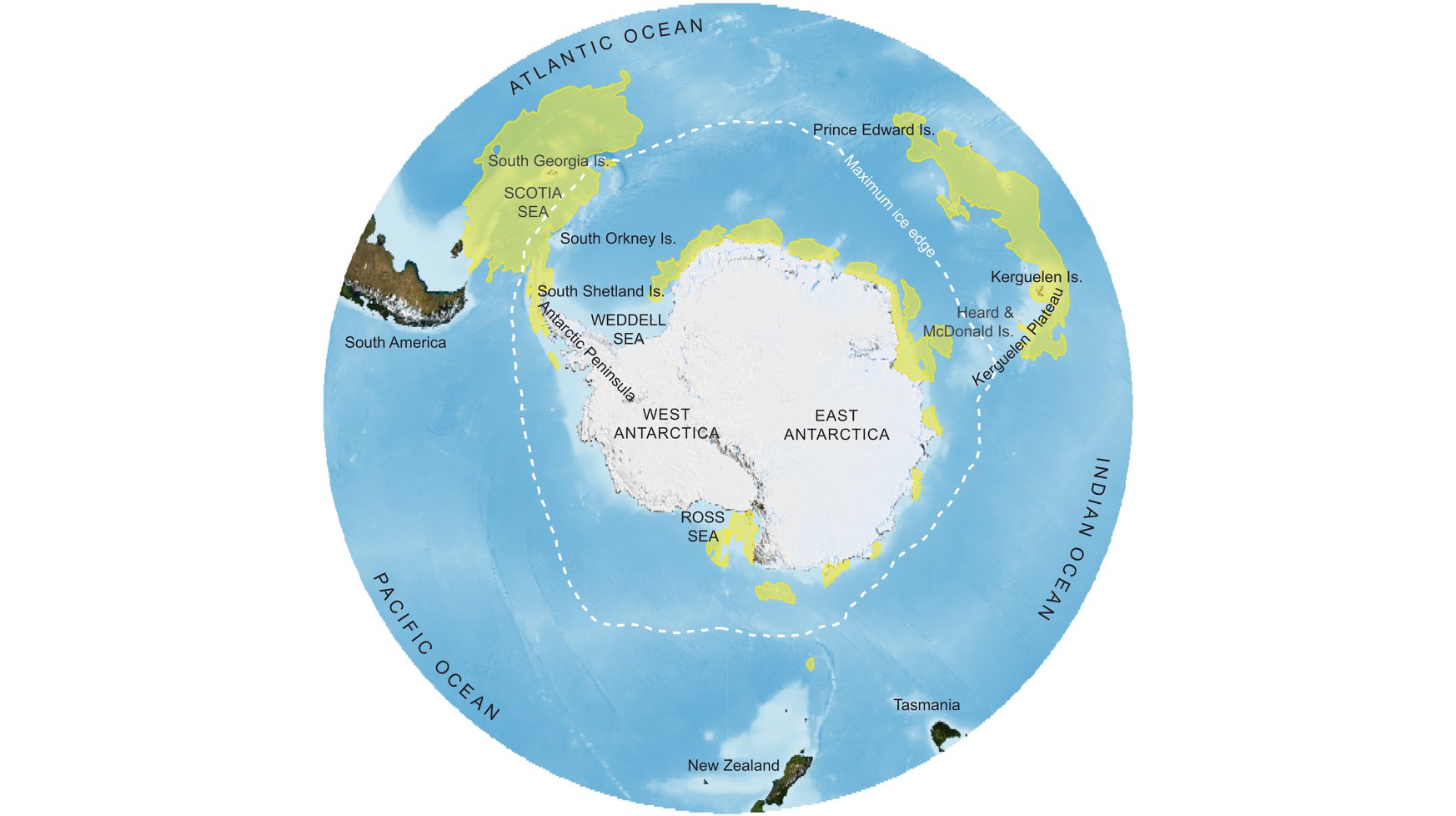
Areas of Ecological Significance identified include around sub-Antarctic islands where most ACAP-listed species breed
Mark Hindell (Institute for Marine and Antarctic Studies, University of Tasmania, Hobart, Tasmania, Australia) and many colleagues have published in the journal Nature on tracking marine predators to protect Southern Ocean ecosystems.
The paper’s abstract follows:
“Southern Ocean ecosystems are under pressure from resource exploitation and climate change. Mitigation requires the identification and protection of Areas of Ecological Significance (AESs), which have so far not been determined at the ocean-basin scale. Here, using assemblage-level tracking of marine predators, we identify AESs for this globally important region and assess current threats and protection levels. Integration of more than 4,000 tracks from 17 bird and mammal species reveals AESs around sub-Antarctic islands in the Atlantic and Indian Oceans and over the Antarctic continental shelf. Fishing pressure is disproportionately concentrated inside AESs, and climate change over the next century is predicted to impose pressure on these areas, particularly around the Antarctic continent. At present, 7.1% of the ocean south of 40°S is under formal protection, including 29% of the total AESs. The establishment and regular revision of networks of protection that encompass AESs are needed to provide long-term mitigation of growing pressures on Southern Ocean ecosystems.”
Read popular accounts of the publication here and here.
Reference:
Hindell, M.A., Reisinger, R.R., Ropert-Coudert, Y. et al. 2020. Tracking of marine predators to protect Southern Ocean ecosystems. Nature doi.org/10.1038/s41586-020-2126-y.
John Cooper, ACAP Information Officer, 28 March 2020

 English
English  Français
Français  Español
Español